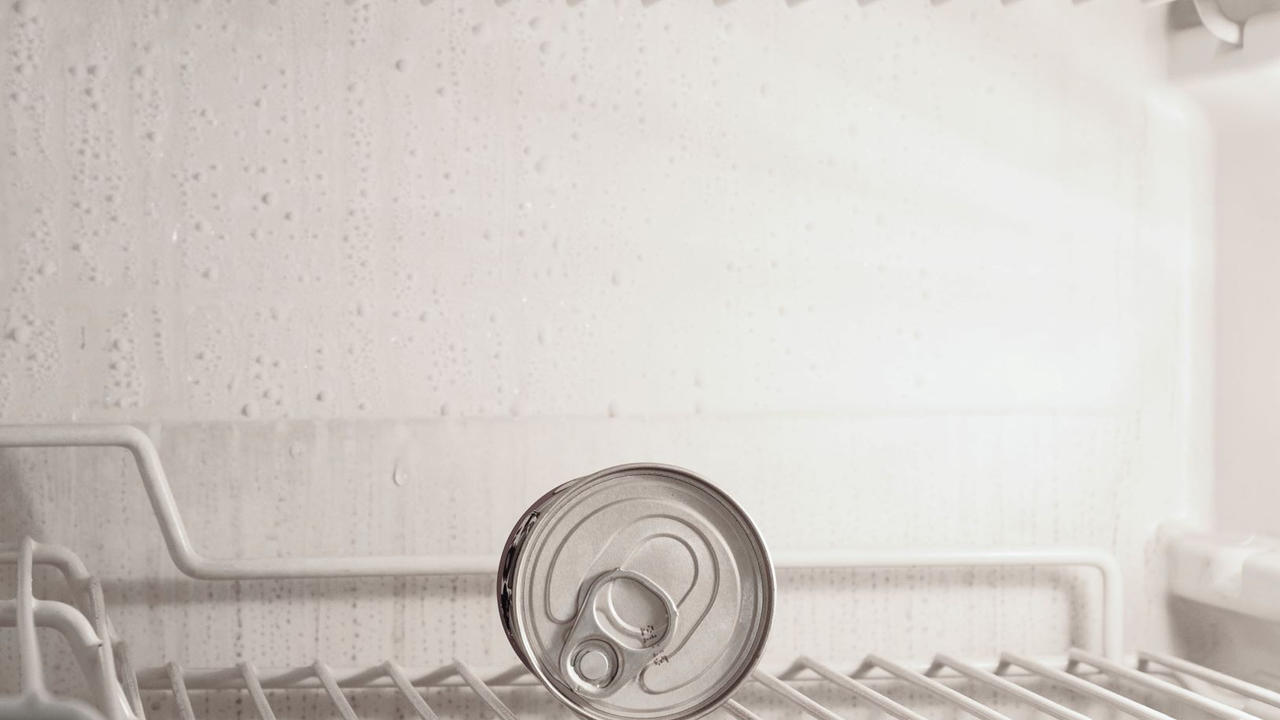Welcome to the
Age Sister Blog
Don’t you love that feeling of new beginnings that happens as we start September? Maybe it’s because I spent a lot of time in school, or maybe it’s from watching the transition every year with my own ...
It’s hard not to feel a little down about the news of the world these days. There seems to be nothing but stories about gloom and doom. So, this week, I’m hoping to lighten things up with some good ne...
OK sisters, it’s time to get serious for a moment. Did you know that heart disease is the number one killer of women worldwide, and that more women lose their lives to heart disease every year...
Do you know one of those women who is so kind and lovely, that with every encounter you vow to be more that way yourself? That’s the case with my friend and colleague, Erica Bennett.
Erica graciousl...
Remember the days when the only access to health information was your family doctor and women’s magazines? Unless you are one of my very supportive friends or family members (thank you all, by the way...
Do you ever wonder how someone you know manages to be so consistent with their healthy habits? You know the type – someone who seems always to eat healthily and exercises consistently. Do they
...







